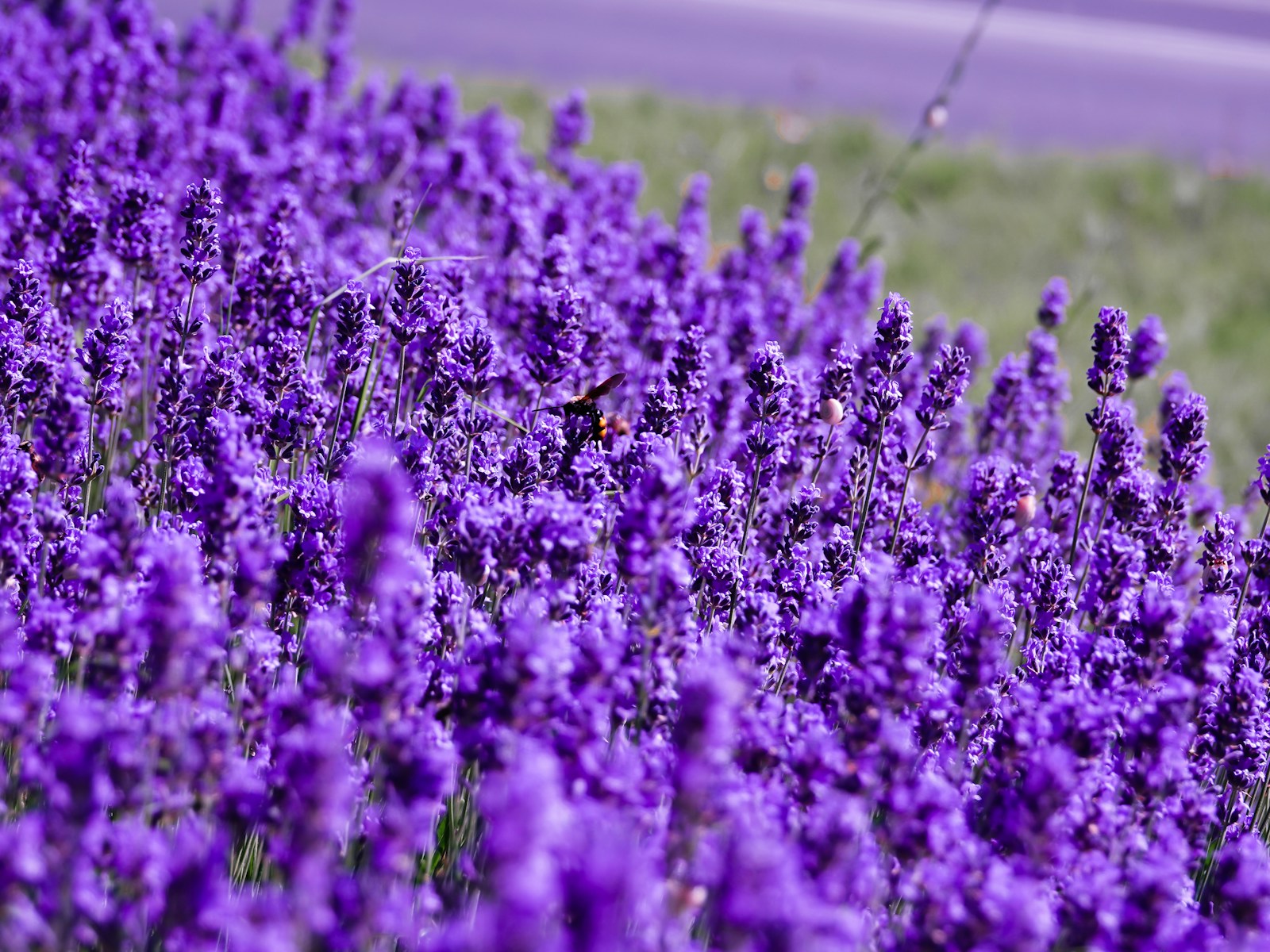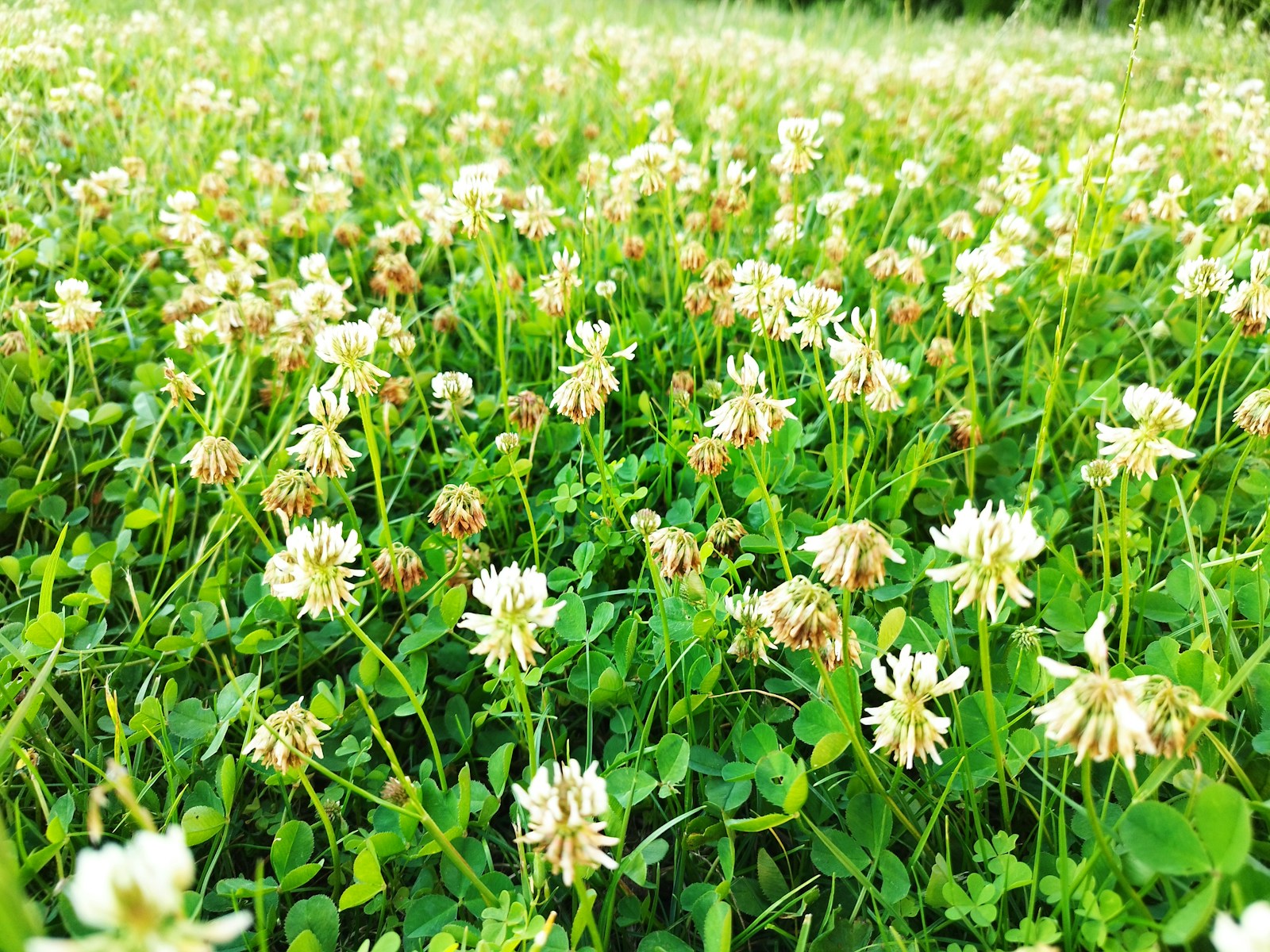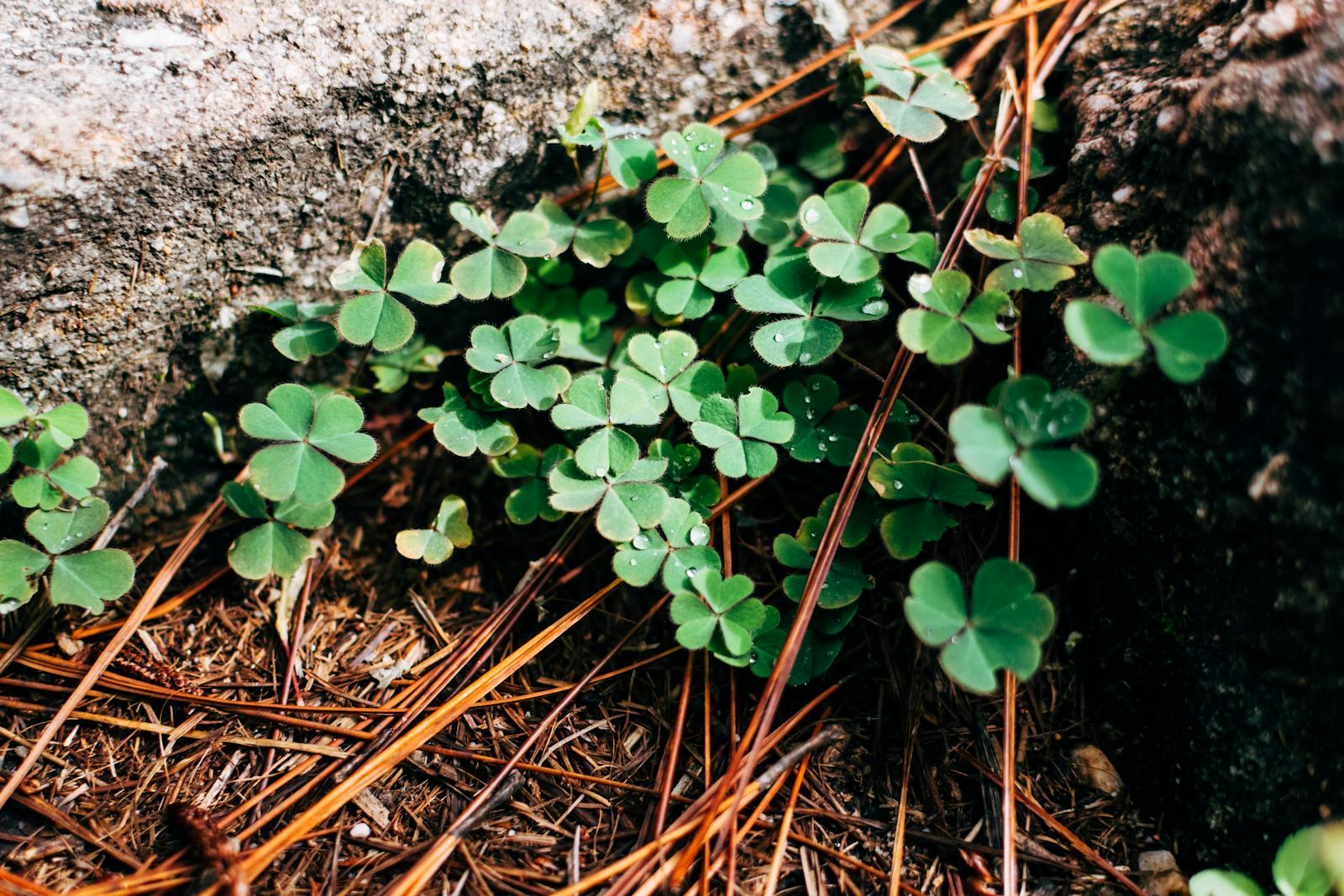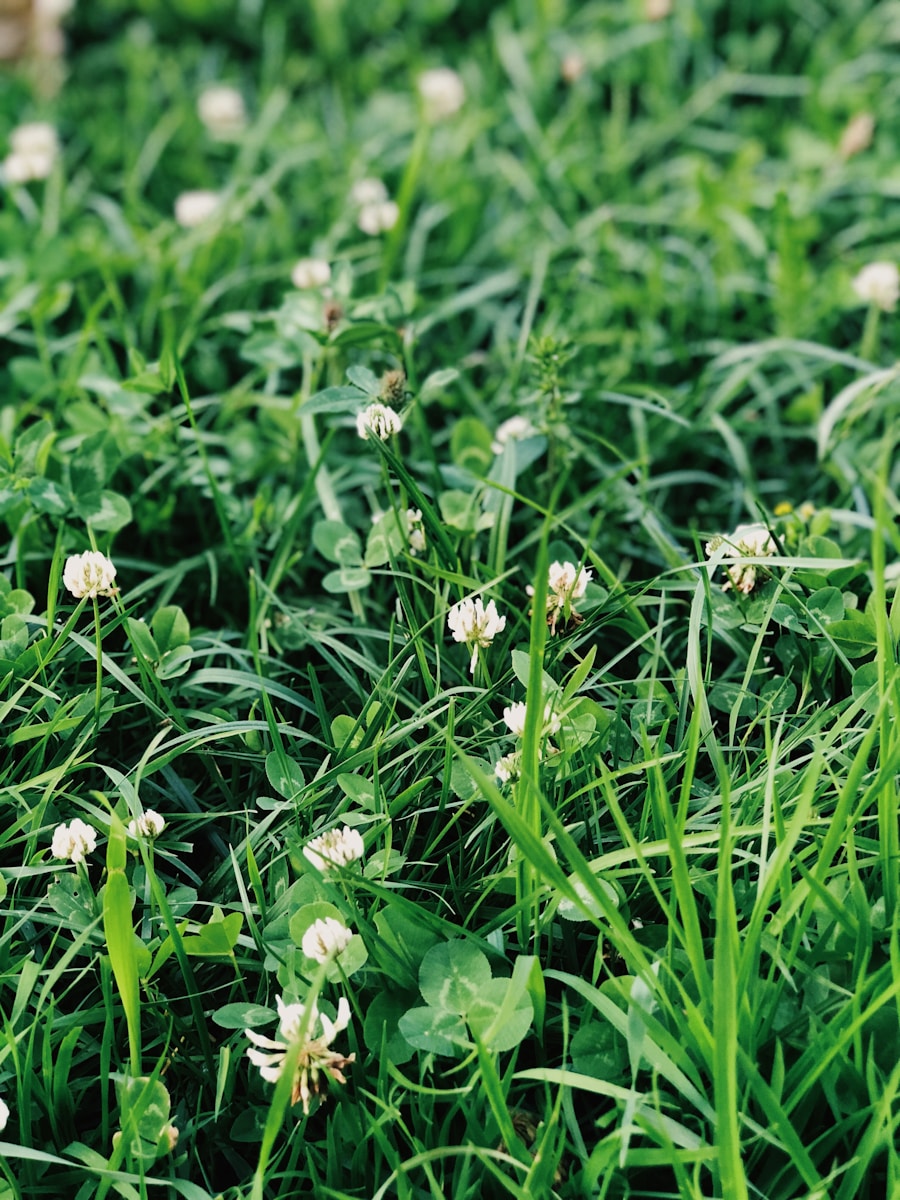When it comes to landscaping, purple perennials are the crown jewels of many gardens. They offer a stunning display of color year after year, while providing long-lasting beauty and low maintenance. Whether you’re a novice gardener or a seasoned horticulturist, purple perennials are a must-have for creating vibrant, eye-catching flower beds. From their rich, regal hues to their versatile growing habits, these plants can be incorporated into any landscape.
Why Purple Perennials?
Purple perennials have a unique way of transforming a garden. The deep, cool tones they provide are not only aesthetically pleasing but can also be therapeutic, bringing a sense of calm and elegance to outdoor spaces. Moreover, because they are perennials, they offer the advantage of returning season after season, eliminating the need for frequent replanting. With so many purple varieties available, there is truly a purple perennial for every landscape, no matter your soil type, sunlight conditions, or growing zone.
Top 10 Best Purple Perennials for Your Garden
The following list highlights the best purple perennials that are perfect for a variety of growing conditions. These plants are hardy, beautiful, and sure to be the focal point of any garden.
Lavender (Lavandula angustifolia)
Lavender is one of the most popular purple perennials, known for its fragrant flowers and silvery foliage. It thrives in well-drained, sunny locations and is drought-tolerant once established. Lavender’s blooms attract pollinators, making it an excellent choice for eco-friendly gardens.

Purple Coneflower (Echinacea purpurea)
Known for its vibrant purple flowers and medicinal properties, the purple coneflower is a hardy perennial that grows well in a variety of soil types. This native plant thrives in full sun and attracts butterflies and bees. It also has a long blooming period, typically from mid-summer to fall.
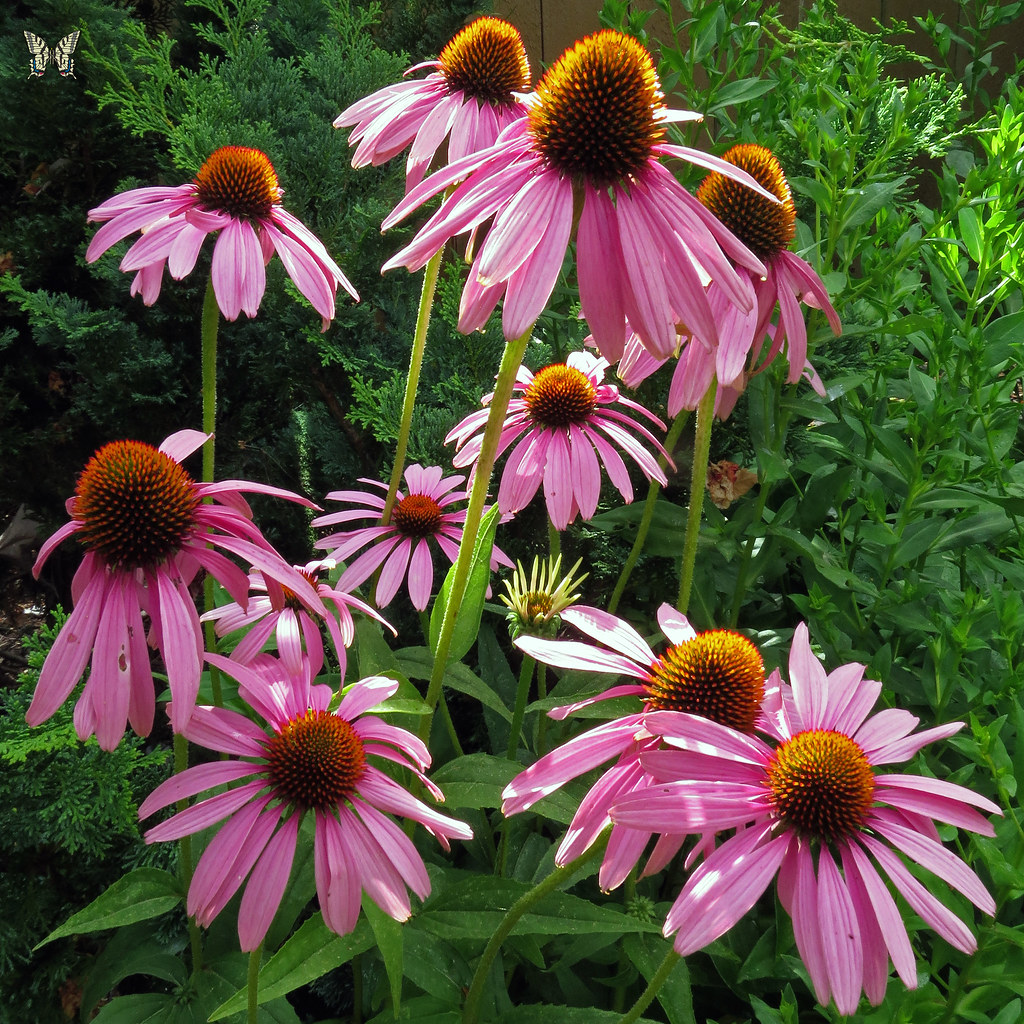
Salvia (Salvia nemorosa)
Salvia is a drought-tolerant perennial with striking spikes of purple flowers. It thrives in full sun and well-drained soil, making it ideal for dry landscapes. With its high resistance to pests and diseases, salvia is an excellent choice for gardeners who prefer low-maintenance plants.
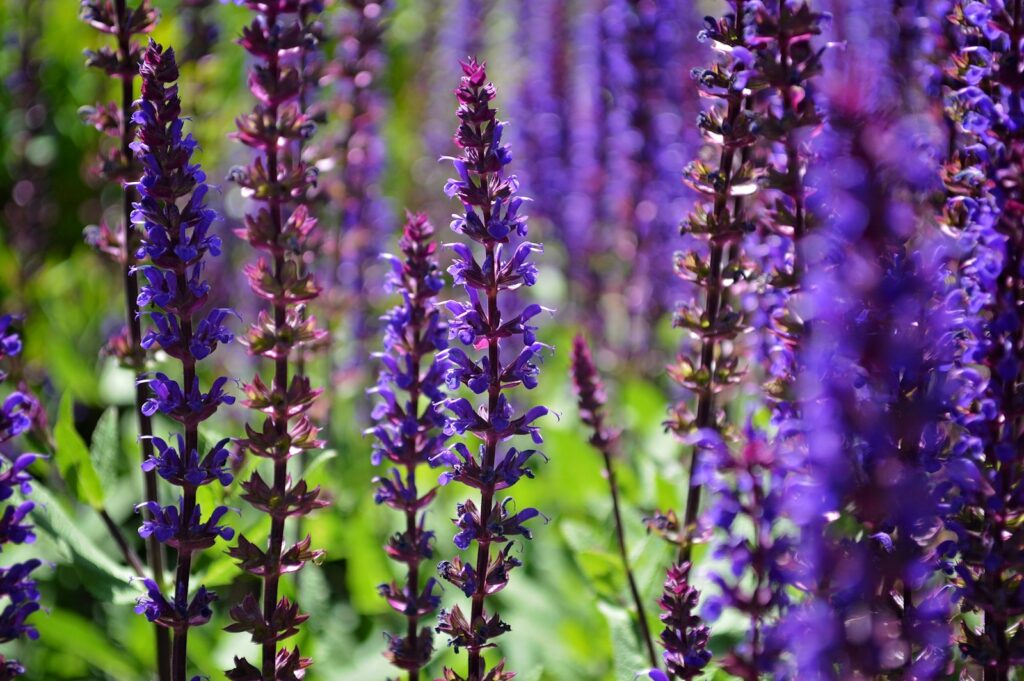
Catmint (Nepeta faassenii)
Catmint produces a cloud of lavender-blue flowers that are beloved by pollinators, especially bees. This plant is known for its aromatic leaves, which are attractive to both humans and wildlife. Catmint is versatile, thriving in full sun to partial shade and adapting well to various soil types.

Clematis (Clematis spp.)
Clematis vines are known for their large, showy flowers that come in shades of purple, from deep violet to lavender. These climbing plants can be trained over trellises, fences, or arbors to create vertical interest. Clematis prefers well-drained soil and a sunny spot with some afternoon shade.
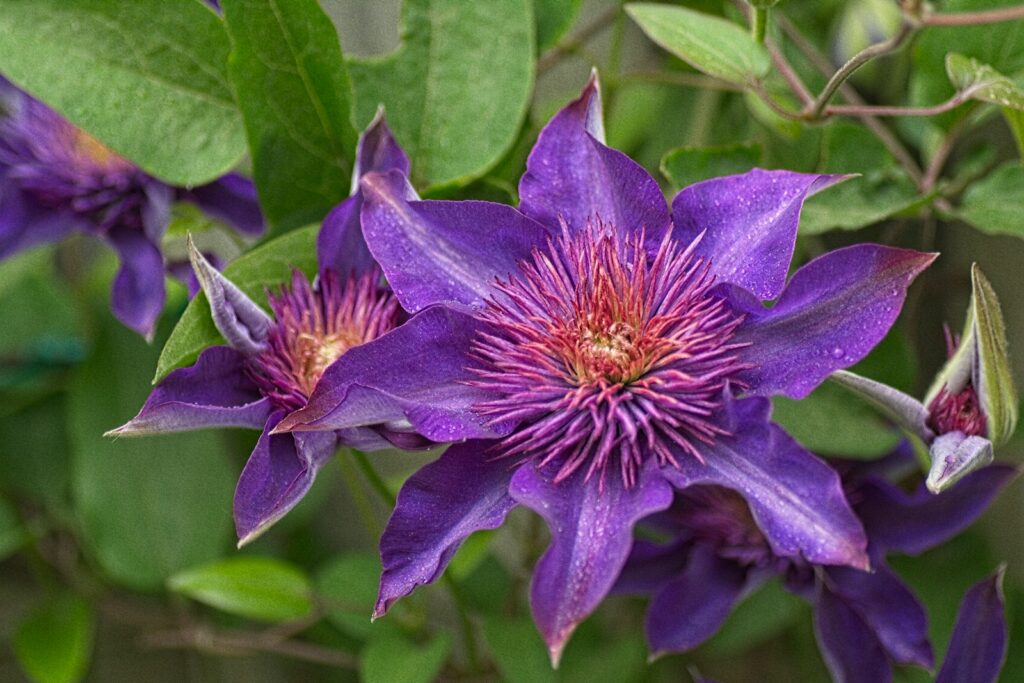
Iris (Iris germanica)
With their bold, elegant blooms, irises are a stunning addition to any garden. They come in a wide range of purple shades, from pale lavender to rich, deep violet. Irises are best suited for well-drained soil and can tolerate both sunny and partially shaded locations.

Hosta (Hosta spp.)
Hostas are an excellent choice for shady gardens, providing a lush contrast to purple blooms. While hostas are primarily grown for their foliage, some varieties, like ‘Purple Heart’, feature striking purple flowers that add a pop of color in shaded areas.

Monkshood (Aconitum spp.)
Monkshood is known for its tall spikes of deep purple flowers. This plant can be a stunning addition to the back of a garden bed, as its flowers bloom late in the season, providing interest when other plants have faded. However, it’s important to note that monkshood is toxic, so care should be taken when handling it.

Crocus (Crocus spp.)
Crocus is a spring-blooming perennial that produces cheerful purple flowers as one of the first signs of the season. They are perfect for planting in lawns or along garden borders, where their early bloom time will provide a burst of color after a long winter.
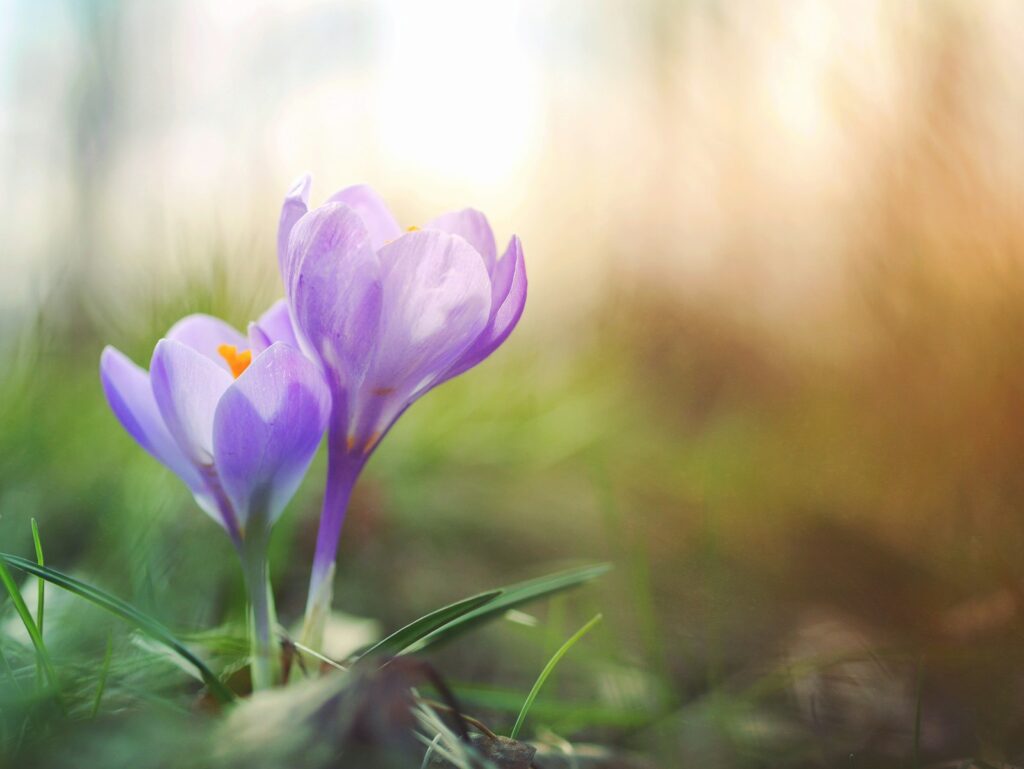
Purple Perennials for Different Growing Zones
It’s essential to choose purple perennials that will thrive in your specific growing zone. Understanding your local climate and growing conditions can ensure that your chosen plants will be successful year after year. Here’s a quick guide to selecting the right purple perennials based on your USDA Hardiness Zone:
- Zones 3-5: Lavender, Purple Coneflower, Iris
- Zones 4-7: Salvia, Catmint, Monkshood
- Zones 5-9: Clematis, Astilbe
- Zones 6-10: Hosta, Crocus
Check with your local extension office for more region-specific recommendations to ensure the best success.
Planting and Caring for Purple Perennials
Once you’ve selected your purple perennials, proper planting and care are essential to ensure their long-term success. Follow these simple steps for planting and maintaining these beautiful flowers:
- Choose the Right Location
Most purple perennials require full sun, but some, like hostas and astilbes, prefer partial shade. Make sure the location you choose has the right light conditions for your plant’s needs. - Prepare the Soil
Purple perennials generally thrive in well-drained soil. You can amend your soil with compost or organic matter to improve drainage and provide essential nutrients. - Watering
Water your purple perennials regularly, but avoid overwatering, as this can lead to root rot. Once established, many of these plants, like lavender and coneflower, are drought-tolerant. - Fertilizing
Fertilize your perennials in early spring with a balanced fertilizer. Avoid heavy fertilizing in the fall, as this can encourage new growth that may not harden off before winter. - Pruning
Prune dead flowers and spent stems throughout the growing season to encourage continued blooming. In the fall, trim back dead foliage to prepare for winter.
Environmental Impact and Sustainability
Purple perennials are an excellent choice for eco-conscious gardeners. By choosing native or drought-tolerant varieties, you can reduce your garden’s water usage and attract pollinators, such as bees, butterflies, and hummingbirds. Additionally, perennials are often more environmentally friendly than annuals, as they do not require replanting each year, reducing waste and the need for frequent soil disturbance.
Common Mistakes to Avoid
- Overwatering: Many purple perennials, like lavender and coneflowers, are drought-tolerant. Overwatering can lead to root rot, so be mindful of watering habits.
- Incorrect Soil Preparation: Plants like iris and clematis require well-drained soil to thrive. Avoid compacted or poorly drained soil, which can cause root issues.
- Neglecting Pruning: Regular pruning encourages more blooms and helps maintain the plant’s shape, ensuring it looks its best throughout the growing season.
Final Thoughts
Purple perennials are a timeless addition to any garden. Whether you’re planting in a sunny backyard in Arizona or a shaded corner in Maine, there’s a purple perennial that will thrive in your garden. By choosing the right plants and giving them the proper care, you can enjoy a beautiful, colorful landscape that blooms year after year.
